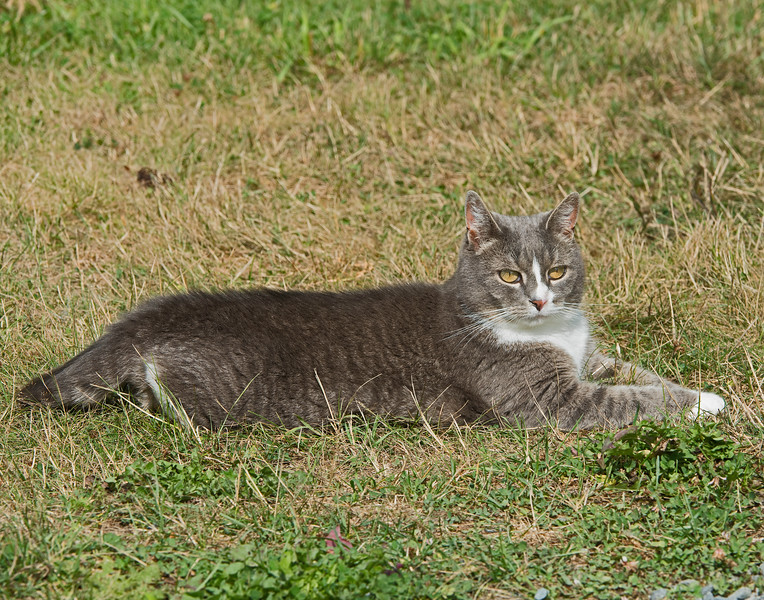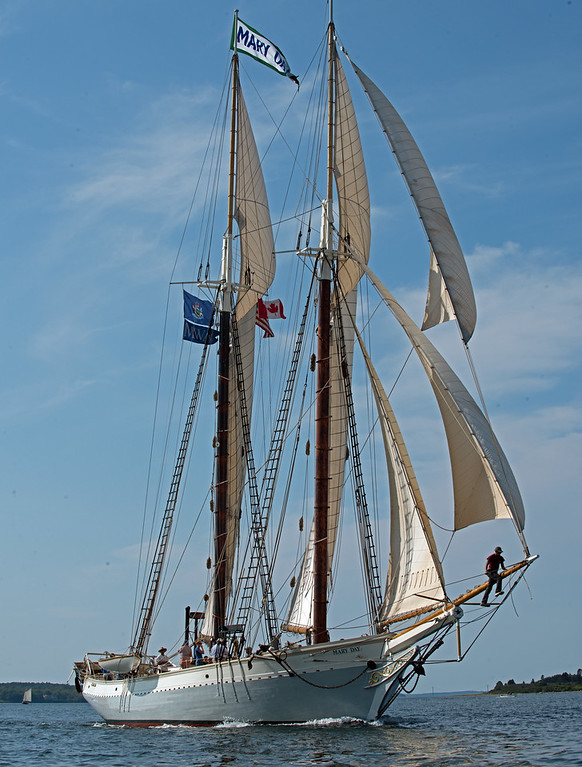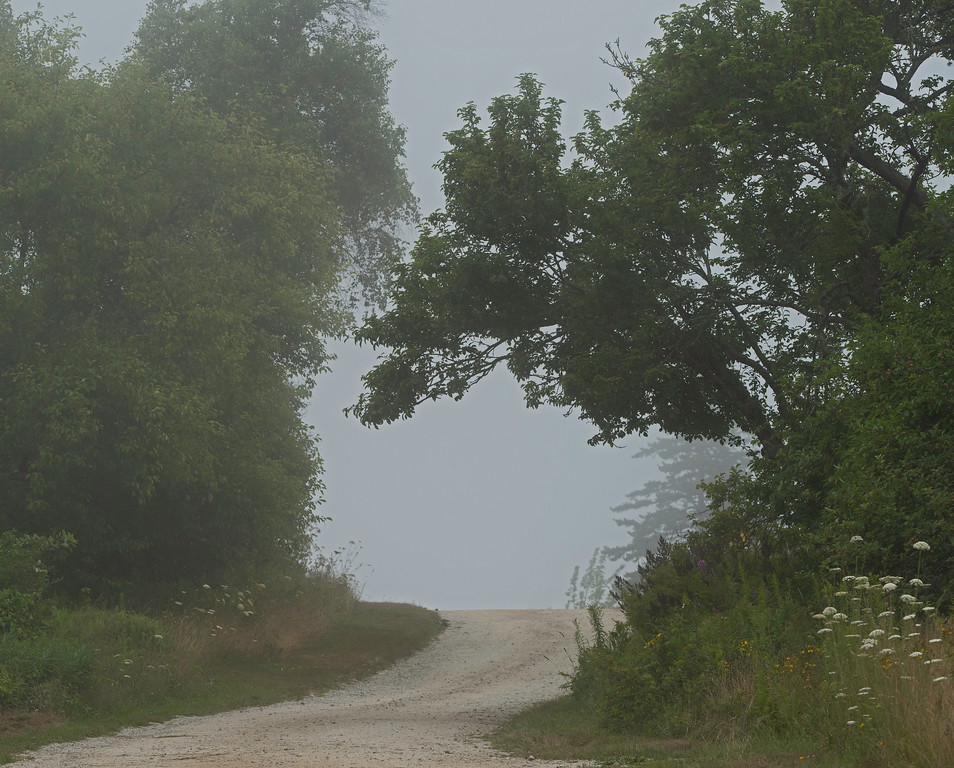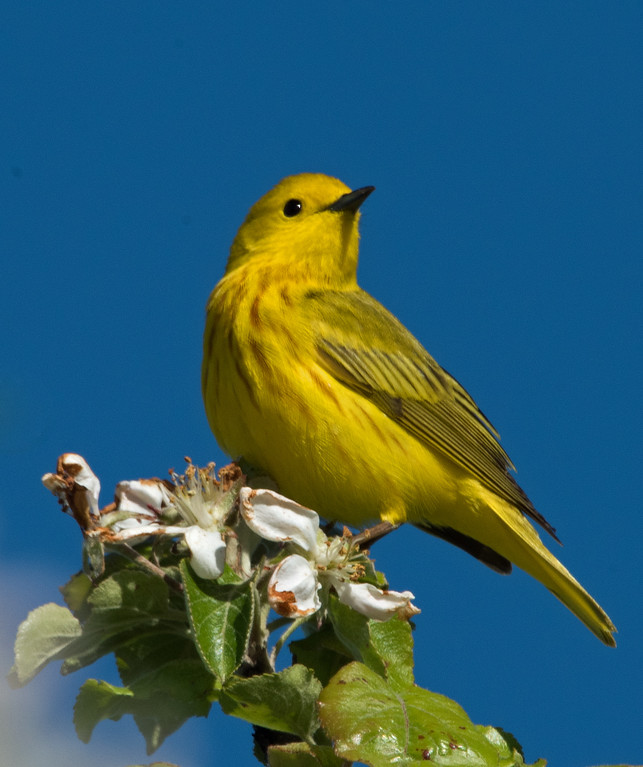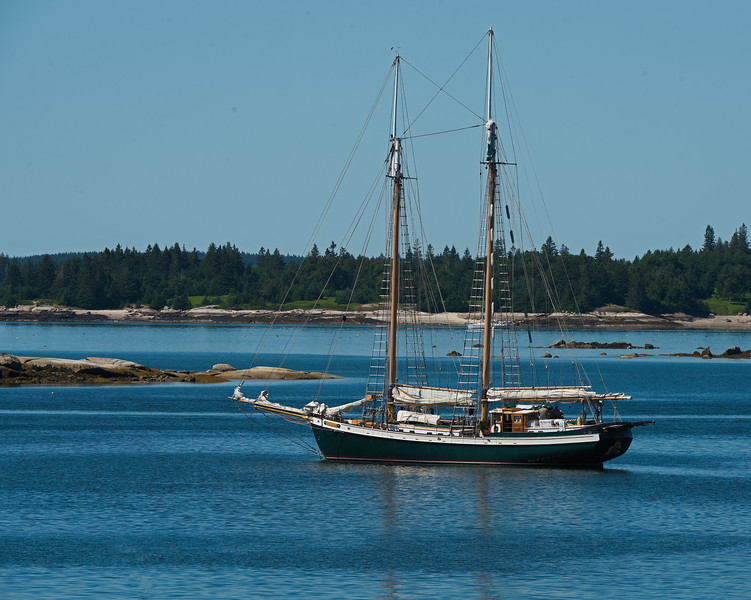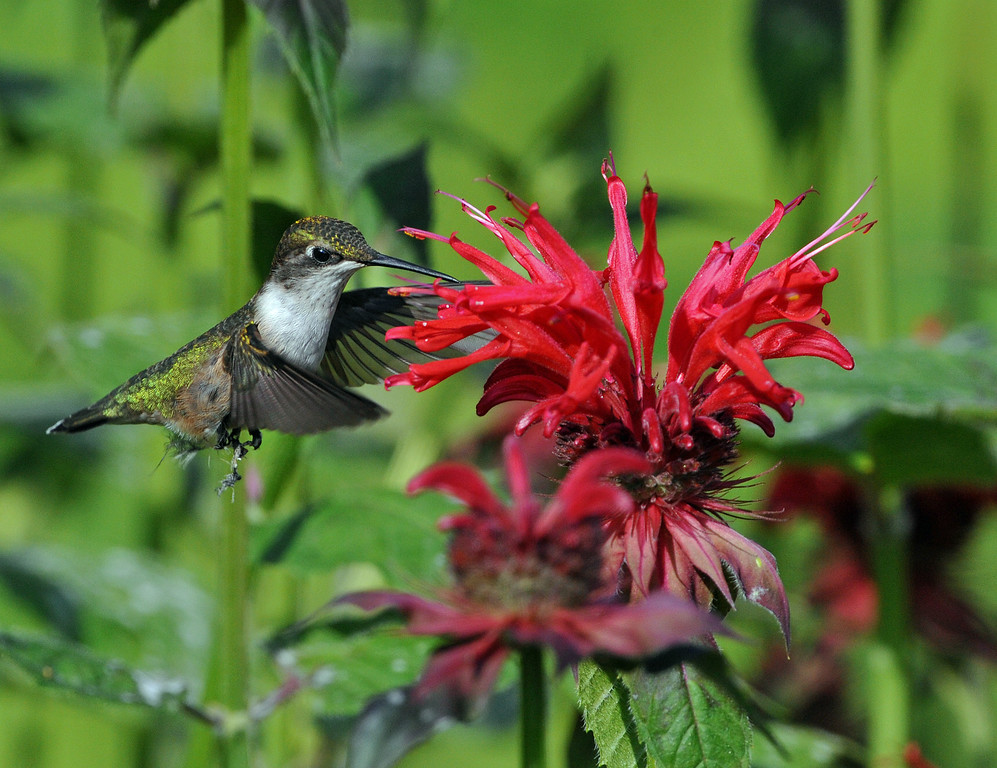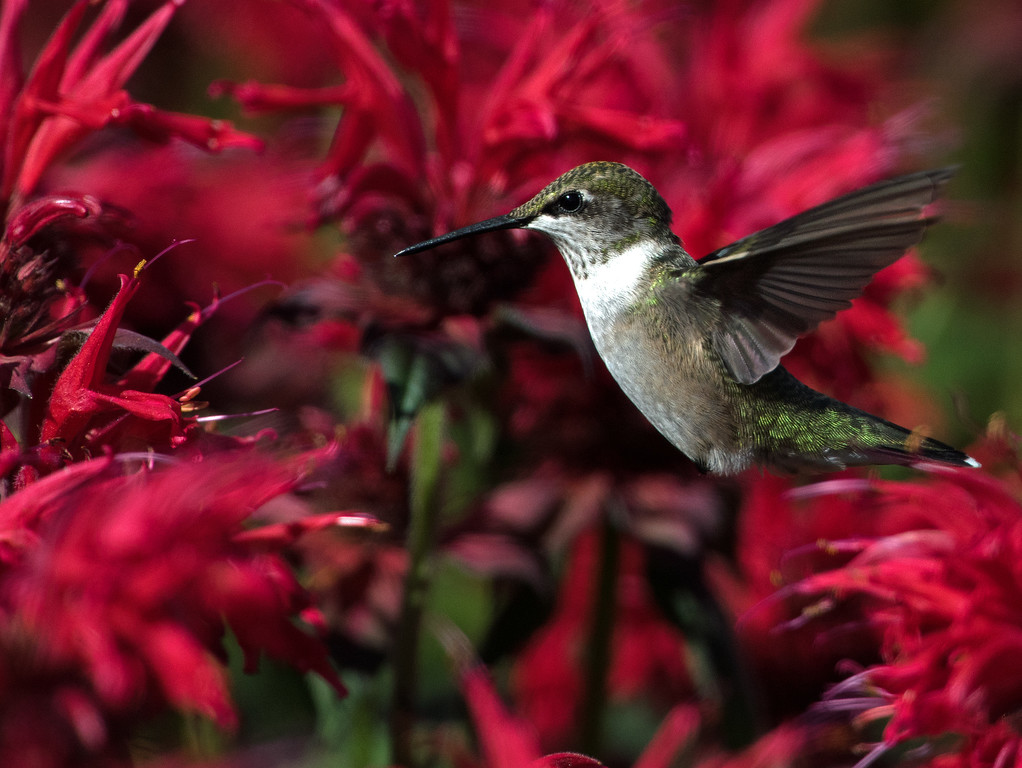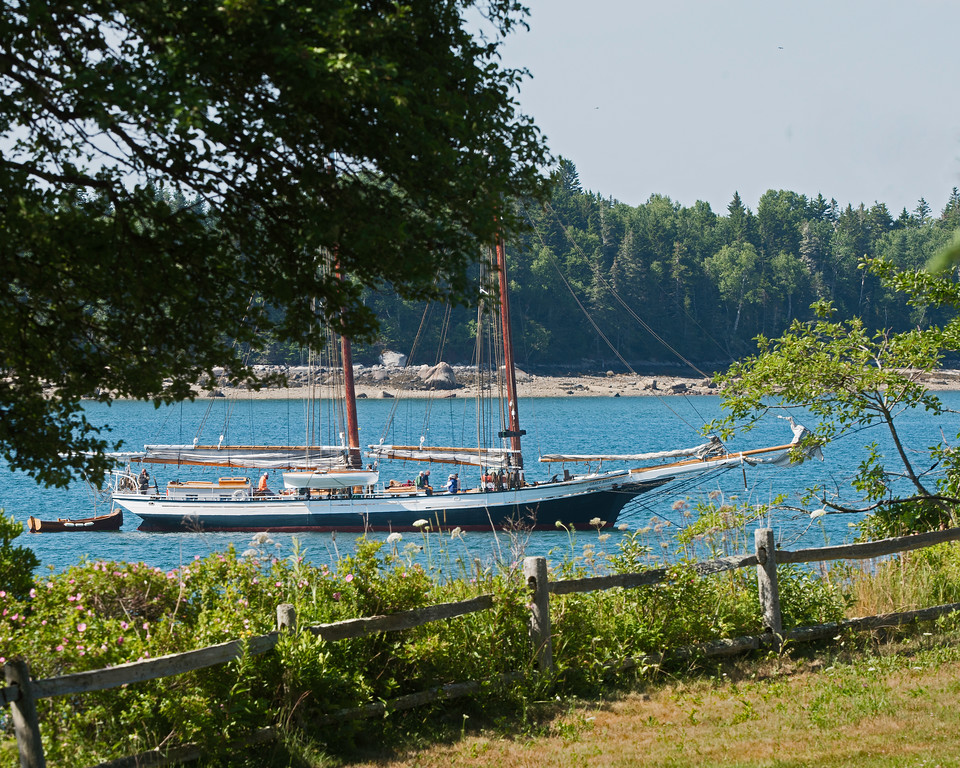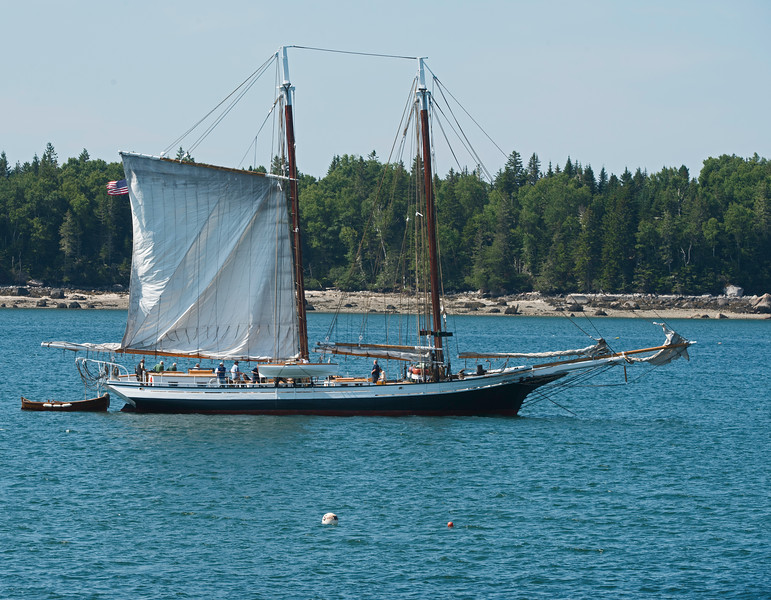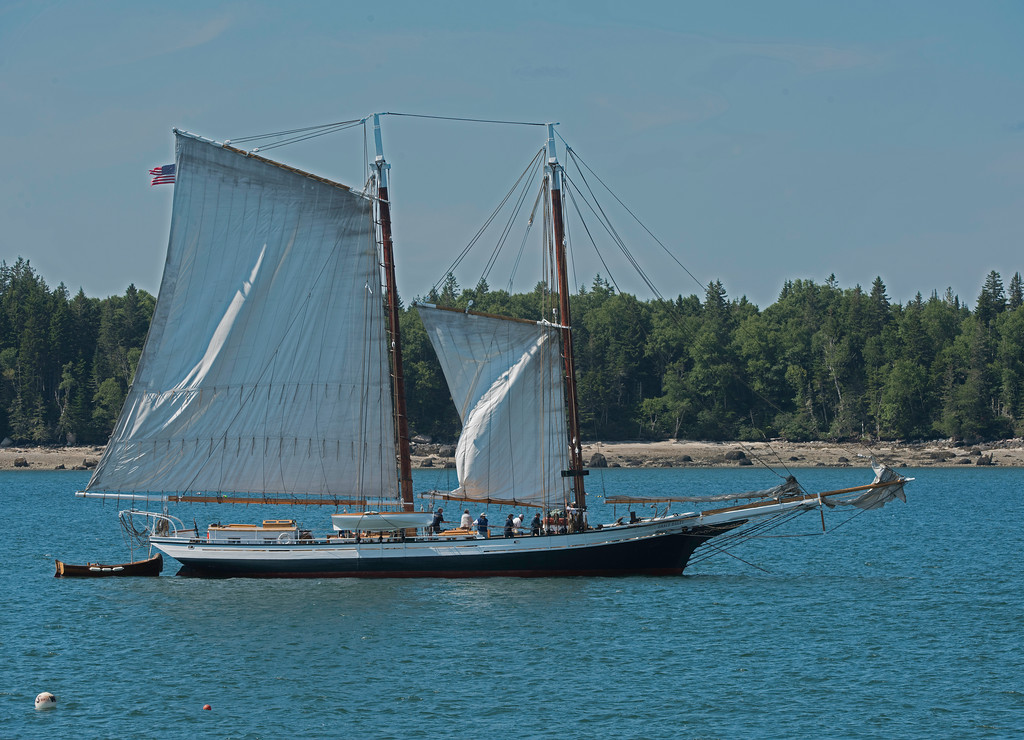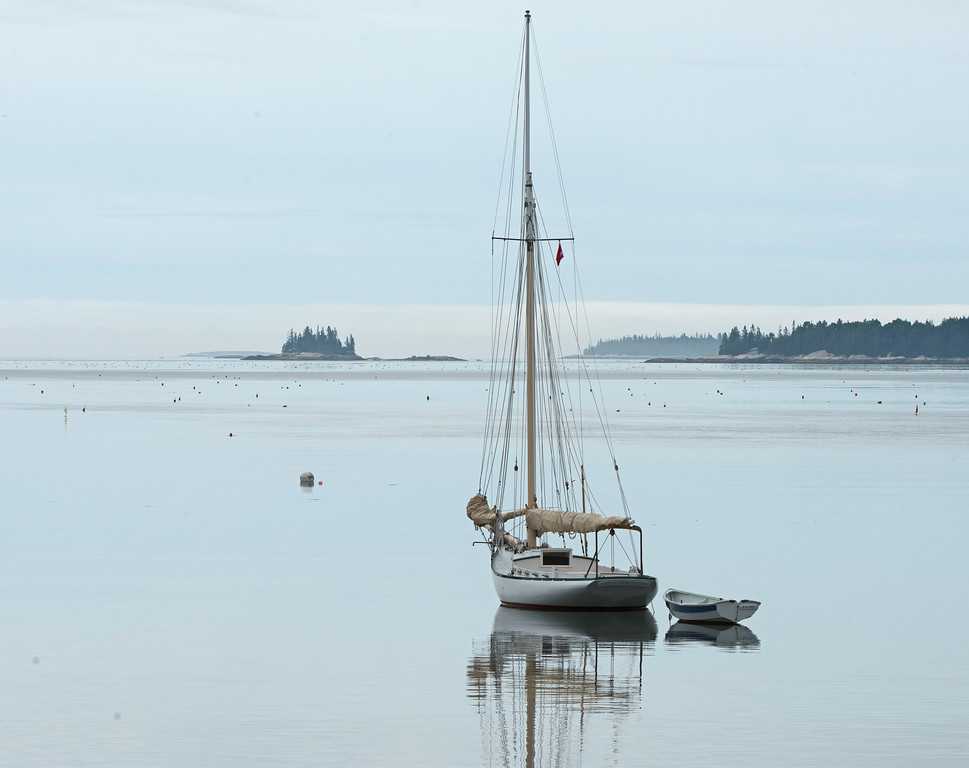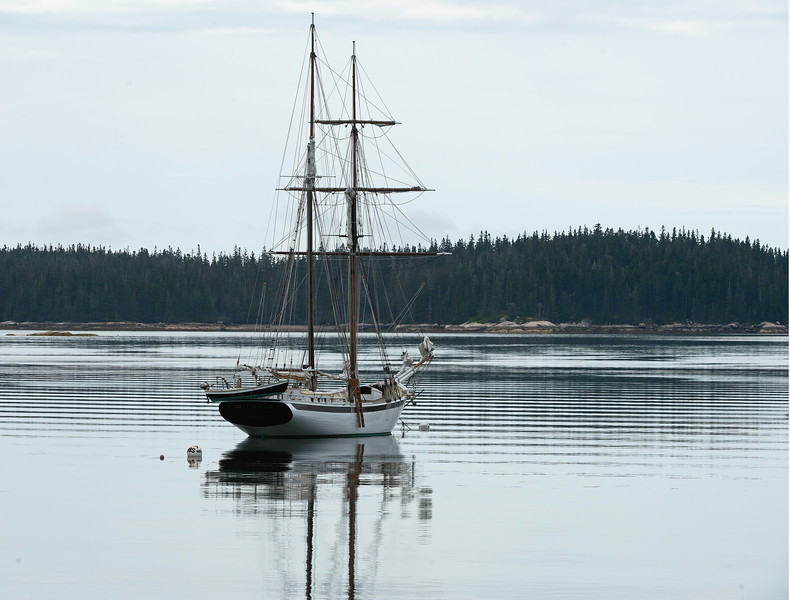Much to the delight of nectar sippers, and much to the discomfort of careless walkers, the paradoxical Bull Thistles are maturing.
On the one hand, this non-native weed produces far more nectar for pollinators than most flowers; on the other hand, it’s an invasive species that you better not try to pull out of the ground bare-handed. Below, we see what appears to be an American Painted Lady butterfly satisfying her sweet tooth on a Bull Thistle:
It’s also known as the Spear Thistle for obvious reasons and the Common Thistle, which is a literal translation of its scientific name, Cirsium vulgare. Here we have a Hummingbird Moth taking some sips:
(Brooklin, Maine)













